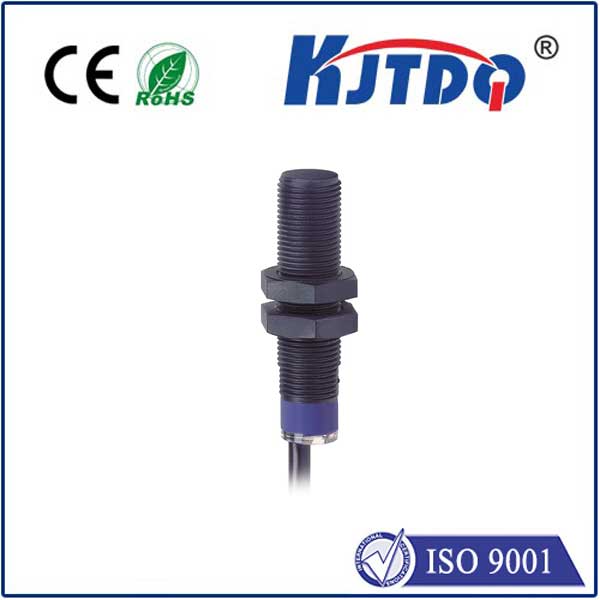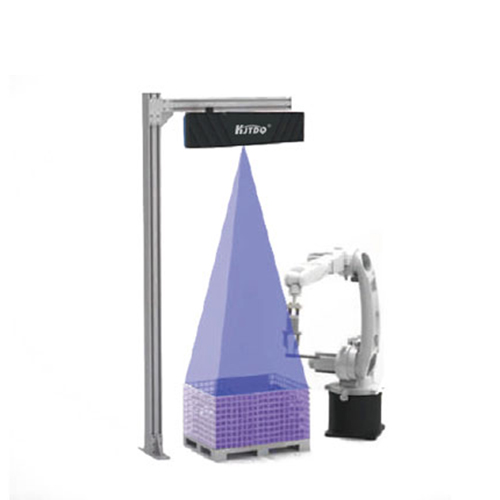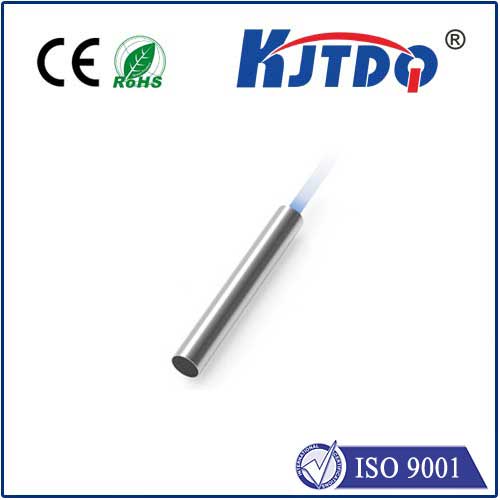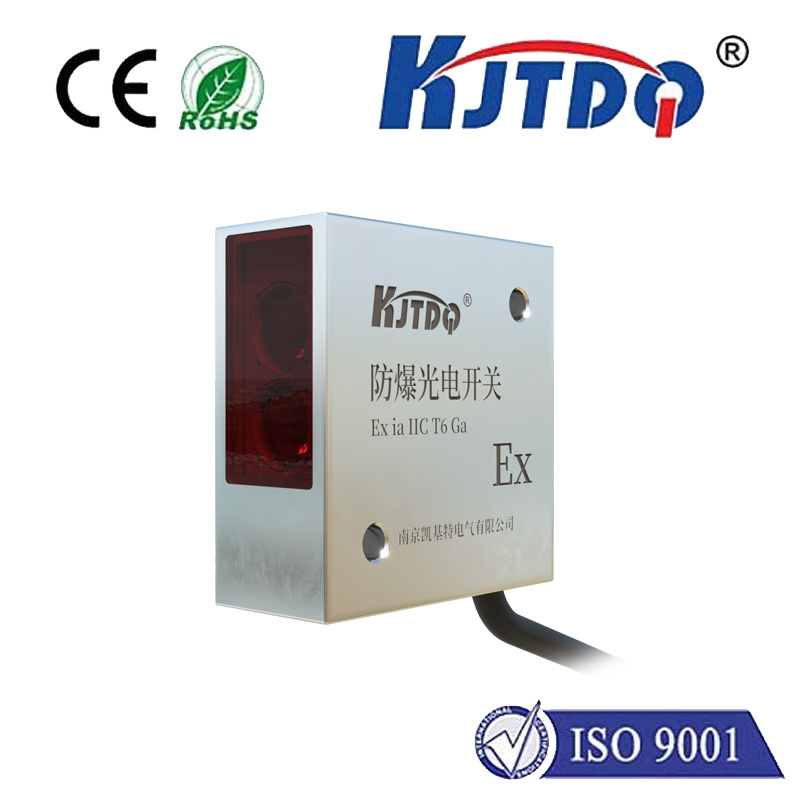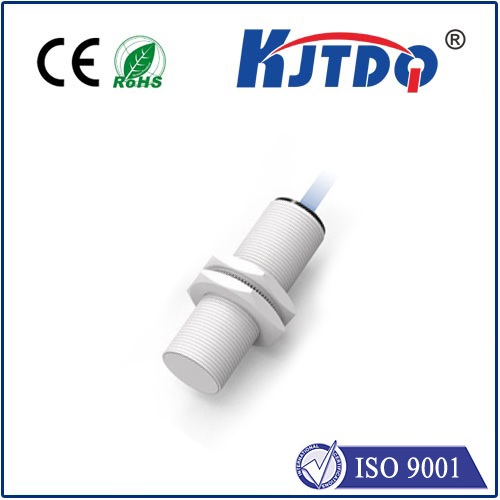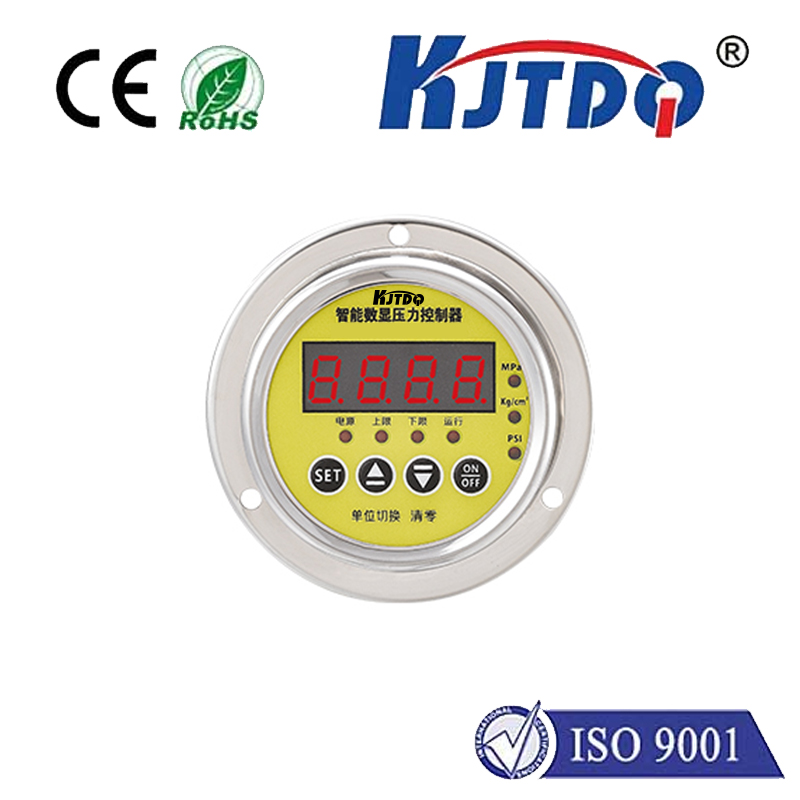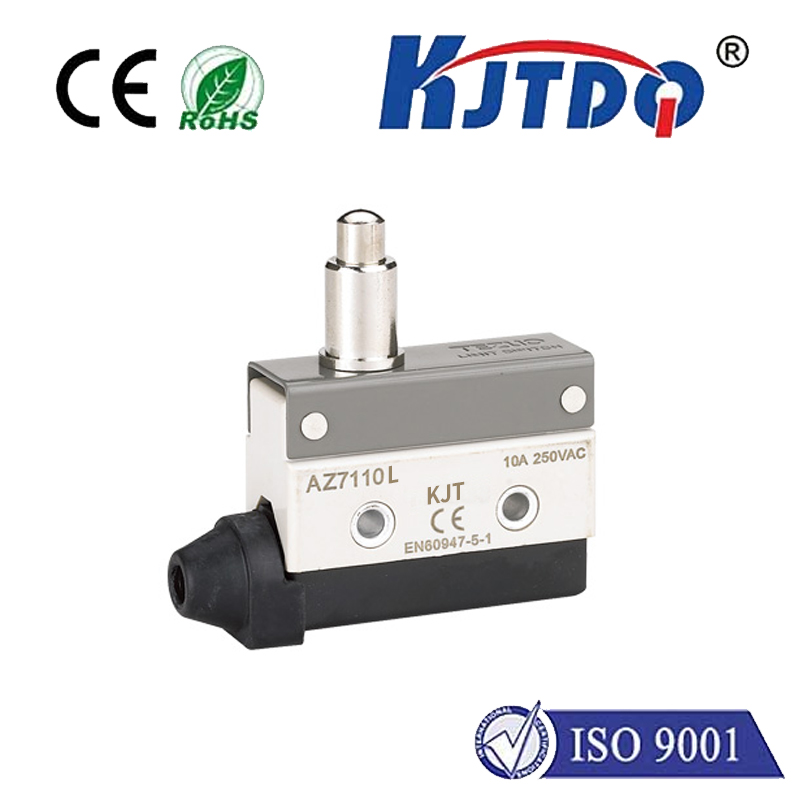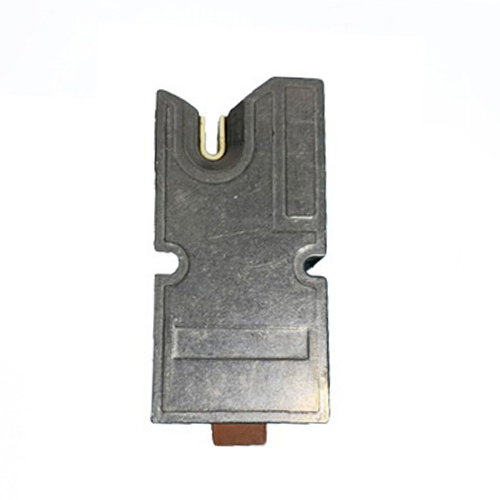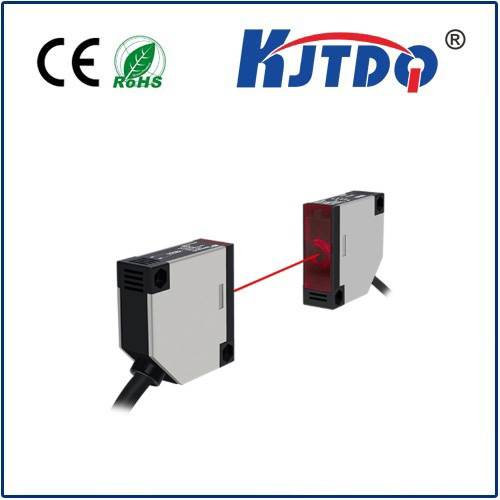

check

check

check

check
Proximitor Probe Proximity Sensors: Revolutionizing Precision in Modern Industry
In today’s dynamic industrial landscape, even the slightest measurement error can cascade into costly downtime or safety hazards. That’s where proximitor probe proximity sensors step into the spotlight, transforming how machines interact with their environments. Unlike generic proximity sensors, these specialized devices combine cutting-edge technology with robust design to deliver unmatched accuracy in detecting object presence and motion. From the humming turbines of power plants to the automated assembly lines of automotive giants, proximitor probes are quietly driving efficiency and reliability. As industries push toward smarter automation, understanding the power of these sensors isn’t just an option—it’s essential for anyone striving to optimize performance in high-stakes applications.

At their core, proximitor probe proximity sensors are a subset of eddy-current-based devices designed for non-contact measurement. They detect changes in position or vibration by generating an electromagnetic field—when a metallic target approaches, it disrupts this field, producing measurable electrical signals. This principle leverages Faraday’s Law of Induction, where the sensor’s coil creates eddy currents in the target material, altering impedance in real time. What sets them apart from standard proximity sensors is their focus on high-resolution data; proximitor probes typically offer micron-level precision, making them ideal for critical monitoring where even sub-millimeter deviations matter. For instance, in turbine shafts or rotating machinery, they enable continuous surveillance without physical contact, eliminating wear and tear while ensuring long-term reliability.
The versatility of proximitor probe proximity sensors shines across diverse sectors, where precise proximity detection translates to tangible benefits. In power generation, they monitor turbine vibrations and shaft positions, preventing catastrophic failures by alerting operators to anomalies before they escalate. Similarly, the automotive industry relies on these sensors for quality control in engine assembly—measuring piston gaps or crankshaft alignment with pinpoint accuracy. Their role extends to aerospace, where proximitor probes assess landing gear integrity and rotor dynamics under extreme conditions. Notably, in oil and gas operations, these devices detect pipeline movement or pump wear, safeguarding against leaks and environmental risks. This widespread adoption stems from their adaptability: they integrate seamlessly into PLC (Programmable Logic Controller) systems, providing real-time feedback that drives automated decisions. As industries embrace Industry 4.0, proximitor probes are becoming the backbone of predictive maintenance strategies, reducing unplanned outages by up to 30% in some cases.
Why choose proximitor probe proximity sensors over conventional options? The answer lies in their unique blend of performance and durability. For starters, they deliver unparalleled sensitivity, capable of detecting subtle shifts in distance or vibration that standard inductive or capacitive sensors might miss. This high resolution minimizes false alarms and enhances operational safety—a crucial factor in hazardous environments like mining or chemical plants. Additionally, their robust construction withstands harsh conditions, including high temperatures, dust, and electromagnetic interference, ensuring consistent operation without frequent calibration. Energy efficiency is another standout benefit; by operating on low power, these sensors reduce overall system costs while supporting sustainable practices. In terms of longevity, proximitor probes often outlast alternatives due to their non-contact nature, slashing replacement cycles and maintenance overhead. Collectively, these advantages make them a cost-effective solution for demanding applications, offering ROI through reduced downtime and enhanced productivity.
While proximitor probe proximity sensors offer immense value, they aren’t immune to limitations. Installation complexity can be a hurdle—precise alignment is required to avoid signal drift, which demands skilled technicians. Environmental factors like extreme humidity or corrosive substances may also affect performance if not mitigated with protective housings. However, ongoing innovations are addressing these gaps. Advances in digital signal processing allow for smarter compensation, enabling adaptive calibration that maintains accuracy in variable conditions. Research into miniaturization is opening doors for portable devices, such as handheld monitors for on-site inspections in fields like renewable energy. Looking ahead, the rise of IoT (Internet of Things) integration promises exciting trends; proximitor probes could evolve with wireless connectivity and AI analytics, enabling cloud-based diagnostics and autonomous adjustments. This convergence with smart technologies will likely expand their footprint into emerging areas, including robotics and medical equipment, cementing their role as vital tools in the precision-driven future.
Throughout this exploration, one thing remains clear: proximitor probe proximity sensors aren’t just components; they’re enablers of innovation. By blending reliable proximity sensing with specialized capabilities, they empower industries to achieve new heights of efficiency and safety. Whether in a bustling factory or a remote renewable site, these sensors continue to redefine what’s possible in automated measurement. Stay tuned as advancements unfold—your journey to mastering industrial precision starts with understanding these pivotal devices.
